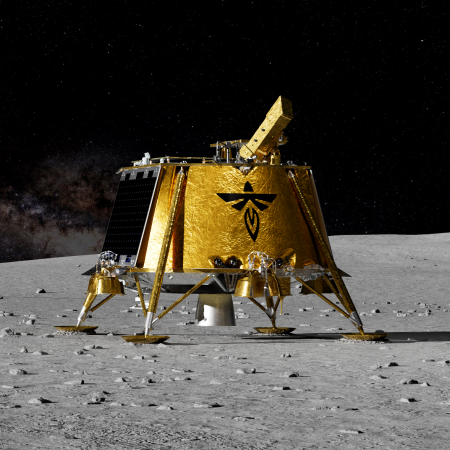Rocket Lab delivers its third service module for Varda’s orbiting capsules
Rocket Lab yesterday announced it has completed and delivered its third Pioneer service module used in conjunction with the capsules of the in-space manufacturing company Varda, which flies these capsules in orbit for a variety of customers.
The spacecraft will support Varda’s next orbital processing and hypersonic reentry mission, W-3. Earlier this month, the Company’s second spacecraft for Varda, W-2, successfully launched and is currently operating on orbit. Carrying payloads from the Air Force Research Laboratory and NASA’S Ames Research Center, W-2 will also conduct research to expand the capability and capacity of Varda’s pharmaceutical processing hardware in orbit before it’s hypersonic re-entry and recovery in South Australia.
Like its predecessors, W-3 is based on Rocket Lab’s Pioneer spacecraft, leveraging vertically integrated spacecraft components and subsystems, including spacecraft propulsion, flight software, avionics, reaction wheels, star trackers, separation system, solar panels, radios, composite structures and tanks, and more. The spacecraft will provide power, communications, propulsion, and attitude control for Varda’s 120kg manufacturing capsule, which uses microgravity conditions to develop products that are difficult or impossible to create on Earth.
That hypersonic test for the military is presently scheduled for March 2025. Meanwhile Rocket Lab is building the fourth service module for Varda, as part of a four-spacecraft deal.
If Varda begins generating revenues from these first four capsules, it will then likely sign another deal with Rocket Lab.
Rocket Lab yesterday announced it has completed and delivered its third Pioneer service module used in conjunction with the capsules of the in-space manufacturing company Varda, which flies these capsules in orbit for a variety of customers.
The spacecraft will support Varda’s next orbital processing and hypersonic reentry mission, W-3. Earlier this month, the Company’s second spacecraft for Varda, W-2, successfully launched and is currently operating on orbit. Carrying payloads from the Air Force Research Laboratory and NASA’S Ames Research Center, W-2 will also conduct research to expand the capability and capacity of Varda’s pharmaceutical processing hardware in orbit before it’s hypersonic re-entry and recovery in South Australia.
Like its predecessors, W-3 is based on Rocket Lab’s Pioneer spacecraft, leveraging vertically integrated spacecraft components and subsystems, including spacecraft propulsion, flight software, avionics, reaction wheels, star trackers, separation system, solar panels, radios, composite structures and tanks, and more. The spacecraft will provide power, communications, propulsion, and attitude control for Varda’s 120kg manufacturing capsule, which uses microgravity conditions to develop products that are difficult or impossible to create on Earth.
That hypersonic test for the military is presently scheduled for March 2025. Meanwhile Rocket Lab is building the fourth service module for Varda, as part of a four-spacecraft deal.
If Varda begins generating revenues from these first four capsules, it will then likely sign another deal with Rocket Lab.



